Erica Ervin
Library Blogs
Showing 691 - 700 of 1966 items
•
The Design Lab is hiring multiple Interns for the 2019-2020 Academic Year
•
The Design Lab is hiring multiple Residents for the 2019-2020 Academic Year
•
The Shapiro Design Lab is looking for awesome students to apply to be the Lab's Interns, Residents, and Program Assistants.
•
The Design Lab is hiring multiple Program Assistants for the 2019-2020 Academic Year
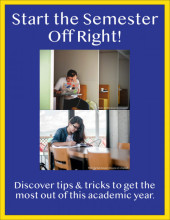
Start the semester on the right foot by checking out these books offering helpful guides, advice, and tips for a successful academic year. The September display of Undergraduate Library books in the Shapiro Lobby showcases books to help you whether you are just starting out your college career as an incoming Freshman or advancing as a more-seasoned student pursuing a PhD. The wide variety of college career books in the Undergraduate collection includes something for everyone!
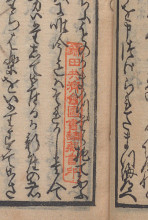
This week we introduce another set of texts from the Kamada Collection related to Buddhism. Whereas the sutra showcased last week had no illuminations, the sutra featured below has illustrations alongside the text.
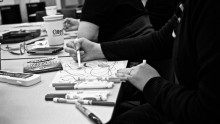
Sheila Garcia provides background information on the establishment of the Art Alliance and its aim to use art creation as a form of self-care during the workday.
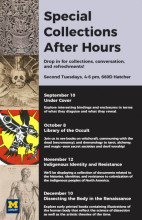
We are pleased to announce our fall line-up of open houses in our Special Collections After Hours series! On the second Tuesday of each month during the academic year, we display themed selections from our collections. All are welcome to stop by any time between 4-6pm to explore our collections, enjoy light refreshments and chat with staff.

I’ve decided to write up a little post about one of my favorite genre's, romance. I've included a little bit of everything: data, history, and most importantly recommendations!
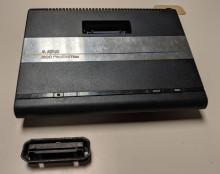
Our Atari 7800 stopped working after one of the tabs on the cartridge port broke off, resulting in games that wouldn’t sit properly in the system and were therefore unplayable. We only have one Atari 7800 system, so we were eager to try whatever we could to repair it. So when our student worker Justin found the specs online to 3D-print the replacement part we needed, we were eager to give it a try.